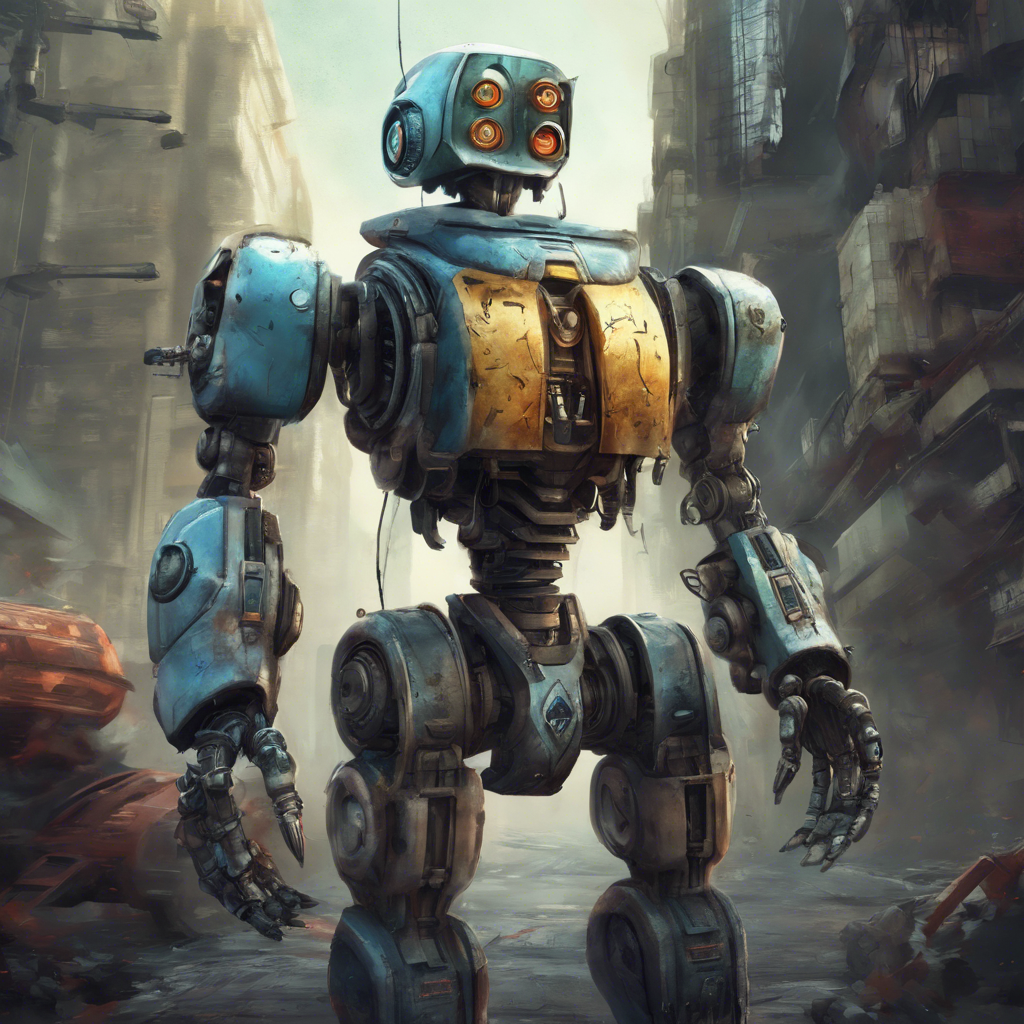Autonomous robots are machines that can perform tasks and make decisions without direct human intervention. These robots are equipped with sensors, actuators, and onboard computing systems that enable them to perceive their environment, plan their actions, and execute tasks independently. Here’s a more detailed explanation of various aspects of autonomy in robots:
- Sensing: Autonomous robots rely on sensors to perceive their environment. These sensors can include cameras, lidar (Light Detection and Ranging), radar, ultrasonic sensors, infrared sensors, and more. These sensors provide information about the robot’s surroundings, such as the presence of obstacles, the layout of the environment, the location of objects, and the positions of other agents (like humans or other robots).
- Perception and Interpretation: Once the sensors gather data, the robot’s onboard computing system processes this information to understand its surroundings. This involves tasks such as object recognition, scene understanding, localization (determining the robot’s position in the environment), and mapping (creating a representation of the environment). Advanced algorithms, often based on machine learning techniques, are used to interpret sensor data and extract meaningful information.
- Decision-Making: Based on its perception of the environment, an autonomous robot must make decisions about how to act. These decisions can range from simple actions like avoiding obstacles to complex behaviors like planning a path through a cluttered environment or deciding how to manipulate objects. Decision-making algorithms consider factors such as the robot’s current state, its goals, the constraints of the task, and the potential outcomes of different actions.
- Planning and Control: Once decisions are made, the robot plans a sequence of actions to achieve its goals. This planning process involves generating a trajectory or series of motions that will allow the robot to accomplish its objectives while navigating the environment safely and efficiently. Control algorithms then translate these plans into commands for the robot’s actuators, such as motors or pneumatic systems, to execute.
- Learning and Adaptation: Autonomous robots often incorporate learning algorithms that allow them to improve their performance over time through experience. This can involve techniques such as reinforcement learning, where the robot learns from trial and error, or supervised learning, where it learns from labeled examples provided by humans. By continuously learning and adapting, autonomous robots can become more effective and efficient at performing their tasks.
- Safety and Fail-Safes: Safety is a critical consideration in autonomous robotics. Engineers design robots with built-in safety features to prevent accidents and mitigate risks. This may include collision detection and avoidance systems, emergency stop mechanisms, and fail-safe behaviors that the robot follows in the event of sensor failures or unexpected circumstances.
Autonomous robots have a wide range of applications across industries such as manufacturing, transportation, agriculture, healthcare, exploration, and more. By reducing the need for direct human supervision and intervention, these robots can increase efficiency, productivity, and safety in various tasks and environments.
